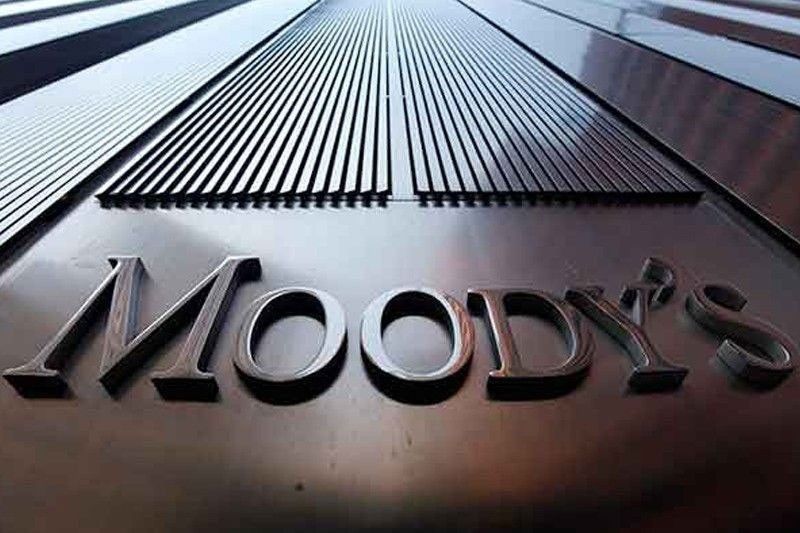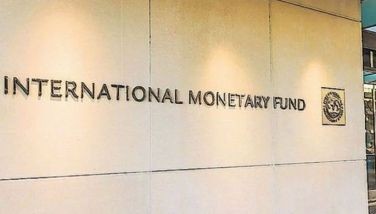Philippines may lead AsPac growth in 2023 – Moody’s

MANILA, Philippines — The Philippines is likely to lead economic growth in Asia-Pacific in 2023, supported by pent-up demand after the strict COVID-19 quarantine and lockdown protocols, according to Moody’s Investors Service.
In a report, Moody’s said the Philippines would feel the lagged effect of post-pandemic reopening as it had the longest continuous lockdown of any country in the region.
“Thus, pent-up demand by firms and households for goods and services will support growth next year, as will government fiscal policy that is promoting education, public health, and a return to infrastructure development,” the debt watcher said.
The Philippines exited the pandemic-induced recession with a gross domestic product (GDP) growth of 5.7 percent last year.
The economy managed to sustain the momentum as GDP growth averaged 7.7 percent from January to September, faster than the 6.5 to 7.5 percent target set by economic managers.
The Philippines booked a stronger-than-expected GDP growth of 7.6 percent in the third quarter from 7.5 percent in the second quarter despite the series of rate hikes imposed by the Bangko Sentral ng Pilipinas (BSP) to fight inflation and stabilize the peso.
Moody’s expects the Philippines to post the fastest GDP growth in the region with 6.4 percent next year, followed by Vietnam with 6.1 percent, China with 5.1 percent, India with five percent, Indonesia with 4.7 percent, Thailand with 3.9 percent and Malaysia with 3.8 percent.
The projected GDP growth for the Philippines next year is lower than this year’s forecast of 6.7 percent.
The BSP has raised key policy rates by 300 basis points, bringing the benchmark interest rate to a 14-year high of five percent.
The tightening cycled wiped out the cumulative 200-basis-point cuts that brought down the overnight reverse repurchase rate to an all-time low of two percent in 2020 as part of the central bank’s COVID-19 response measures.
Inflation averaged 5.4 percent in the first 10 months , well above the BSP’s two to four percent target range, after quickening to a 14-year high of 7.7 percent in October from 6.9 percent in September.
Moody’s sees inflation in the Philippines easing to 5.4 percent for 2023 and to 3.1 percent for 2024 after accelerating to 5.5 percent this year from last year’s 3.9 percent.
“The other primary risk relates to persistent inflation and potentially higher interest rates. Current inflation exceeds six percent over the year in the Philippines, Singapore, Australia and New Zealand and is nearly six percent in India,” Moody’s said.
According to Moody’s, the remaining ASEAN-6 countries would follow including Singapore, which would be the slowest of this grouping as its export-oriented economy feels the weight of slower global demand.
“Exports already are easing as a driver of the Asia-Pacific economy. The expectation is that global trade – and exports from the region – will stabilize but will not fall sharply in the coming year. The risk is that the developed economies across the world will all fall into a protracted recession, due perhaps to monetary policy error,” it said.
- Latest
- Trending





























